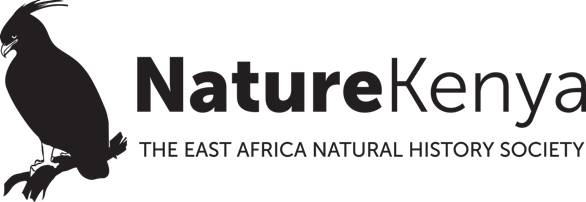By Hezbone Okoth
If you’ve ever visited Dunga Swamp on the shores of Lake Victoria, you’ve probably noticed them: elegant Yellow-billed Storks stepping carefully through the shallows on their impossibly long legs. With their distinctive yellow beaks and patient demeanour, they’re hard to miss. But there’s much more to these birds than meets the eye.
Walk down to Dunga Beach any morning and you’ll see fishmongers busy preparing their catch for market. Fish scales glint in the early sunlight as they expertly fillet their haul, tossing intestines and other scraps onto the shore. It might look like a messy business, but watch closely and you’ll spot something fascinating happening.
Almost as if on cue, the Yellow-billed Storks arrive. They swoop down with surprising grace, making quick work of the fish scraps. You might think they’re just opportunistic scavengers grabbing an easy meal, and you wouldn’t be wrong. But they’re also doing something remarkable: they’re acting as nature’s cleanup crew.
Without these feathered cleaners, all that organic waste would pile up, rot in the sun and create a pretty unpleasant situation for everyone. Instead, the storks turn potential pollution into their breakfast, keeping the shoreline clean and the surrounding ecosystem healthy. It’s a win-win situation that nobody planned, but everyone benefits from.
Masters of the shallows
But don’t think these storks just sit around waiting for handouts from fishmongers. Spend some time watching them hunt, and you’ll see they’re incredibly skilled predators. They wade through the shallows with their bills slightly parted, like a trap waiting to snap shut on unsuspecting fish, frogs or aquatic insects.
The local fishermen consider their presence good luck. When Yellow-billed Storks are around, it usually means the water is clean and fish are plentiful. “If we see many storks, we know it will be a good day for fishing,” one fisherman told me. It’s a simple observation that speaks to something profound about how the presence of birds indicates healthy ecosystems.
Next time you’re at Dunga Swamp, take a moment to watch these remarkable birds. They remind us that in nature, nothing happens in isolation. The fishermen, the storks, the water, the fish – they’re all part of an intricate web where everyone has a role to play. And sometimes, the most important work happens so quietly you might miss it if you’re not paying attention.
